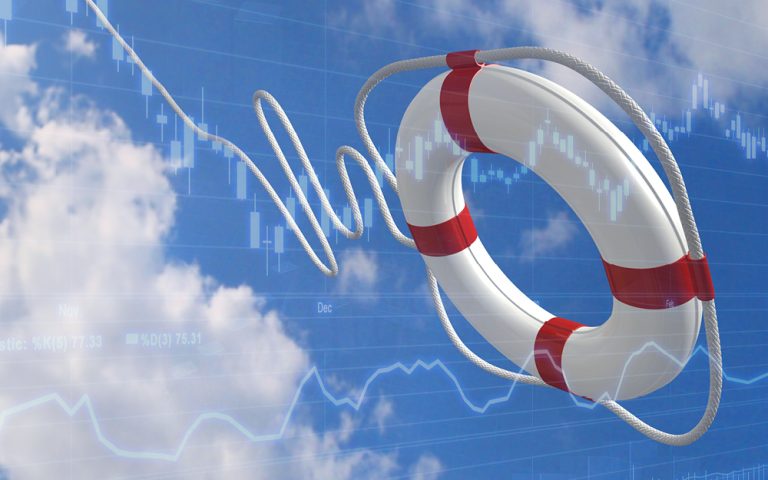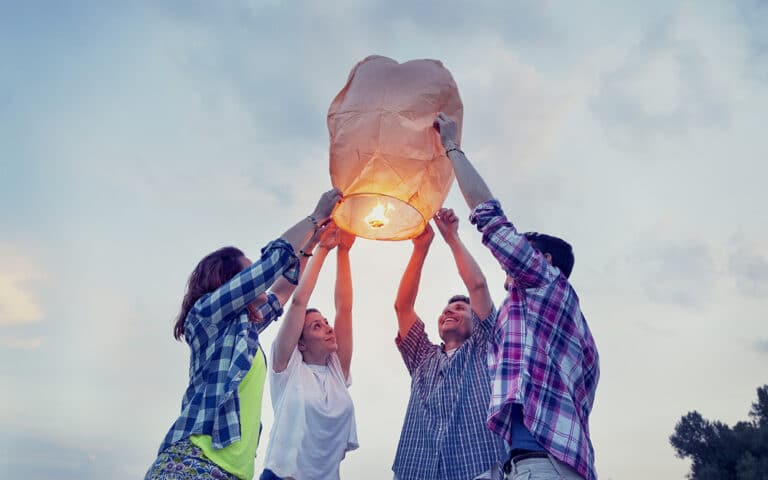Special Update – Monday 9th March, 2020.
Today the Aussie market suffered the worst decline since October 2008 with the ASX 200 -455.6pts or -7.33% to 5760.6pts. All sectors finished in negative territory with the energy producers the hardest hit due to plunging oil prices.
The market is now at a 13 month low and it is worth spending some time reviewing what happens when markets become speculative.
For any of you who haven’t been through a serious reversal before, many people toss all that ‘measured understanding’ out of the cot and suddenly realise growth markets can go backwards and they aren’t as aggressive or growth orientated as they thought.
In 2007 and 2008 we had a really painful period for investors. Markets just spiralled and there was little good news in the market. There was very good reasons for this correction and prices had lost touch with reality. Click here for an explainer of the Global Financial Crisis. It is different to what we are currently seeing with coronavirus.
The below is the All Ords index in those years:
| Year | Closing Level | Change in Index in Points | Change in Index % |
| 2006 | 5,644.30 | 935.50 | 19.87 |
| 2007 | 6,421.00 | 776.70 | 13.76 |
| 2008 | 3,659.30 | -2,671.70 | -43.01 |
| 2009 | 4,882.71 | 1223.41 | 33.43 |
| 2010 | 4,846.88 | -35.83 | -0.73 |
| 2011 | 4,111.04 | -735.84 | -15.18 |
| 2012 | 4,664.60 | 553.56 | 13.47 |
Source: https://en.wikipedia.org/wiki/All_Ordinaries
The next table is the performance of balanced funds on average through this period: (Financial year so not a straight comparison but still worth while looking at)
| Year | 1 year return % |
| 2006 | 14.7 |
| 2007 | 15.6 |
| 2008 | -6.95 |
| 2009 | -12.9 |
| 2010 | 10.4 |
| 2011 | 9.2 |
| 2012 | 0.5 |
Source: https://www.superguide.com.au/comparing-super-funds/super-funds-returns-financial-year
The reality was clients in diversified portfolios weathered the storm and had a chance to re-position for the upside after the serious decay in equities.
Clients heavily invested in growth had a much wilder ride and many crystallised losses by moving to cash at exactly the wrong time. Below is a chart from the start of the global financial crisis until investors had their money back. It took 5 years and 10 months for the markets to recover.
The current market volatility is just that, volatility. Earnings and fundamentals will be impacted by a slowing world economy and frankly that was happening anyway.
Quantitative easing is dropping out so markets will find a new normal and you can expect value will re-find its mojo.
This current period is a reflection of uncertainty and when the markets wake up and realise that this latest pandemic is much the same as the 2009 Swine flu and the world response has been far better organised than then, investors will start looking at earnings growth again.
I am not trying to crystal ball, just giving you some history as I have been in financial services since 2004 and in my 16 years I have seen a few of these periods.
Reading analysts’ reports vs media, it is likely this recovery will be V shaped as realisation that earnings will be impacted, but not devastated, will settle in.
Investors face a number of risks over their lifetime, but longevity, sequencing and inflation risks are three key risks that are particularly pertinent to retirees. When looking at investments, it is important to bear these risks in mind.
Longevity Risk
The risk of outliving your money. This is increasingly a problem in Australia as people are living longer.
Sequencing Risk
The risk of a big downturn in markets (such as the Global Financial Crisis) just before or after you retire, which is generally the point of maximum wealth in your lives. A 20% fall at this stage hurts more than any other stage of life.
Inflation Risk
The risk of the purchasing power of your money falling. Purchasing power is likely to halve in retirement if enough capital growth is not sought. This risk is gradual though, it is not a one-off like sequencing risk. The other key risks we all face as investors are market risk and behavioural bias risk.
Market Risk
The risk of a general movement in financial markets over time. This risk can be reduced through portfolio diversification.
Behavioural Bias Risk
The risk that investors allow their emotions to drive investment decisions. For example, selling out of growth assets after a fall, this is often the worst thing to do. A long-term view of investing should be taken.
I know this is a really difficult time for investors, in particular for retirees. As a retiree we need to assess how much cash you have available and if we have enough for the next few years then we will get through this rough period. In three years’ time do you think people will still be stocking up on toilet paper?
It could also be an option for some to cash out of the market a portion of their portfolio. While it’s impossible to predict when the best and worst returns will occur, we know that missing just a few days of positive market gains can significantly reduce the value of your investments. If you look at the below graph of missing the 10 best days of the market your return is $24,691 from the initial $10,000 investment over 16 years. Staying invested the whole way yields $39,524 – $14,834 more for staying invested.
If you have a concern about your investment strategy, reach out to the Centaur Financial team to discuss.







































































